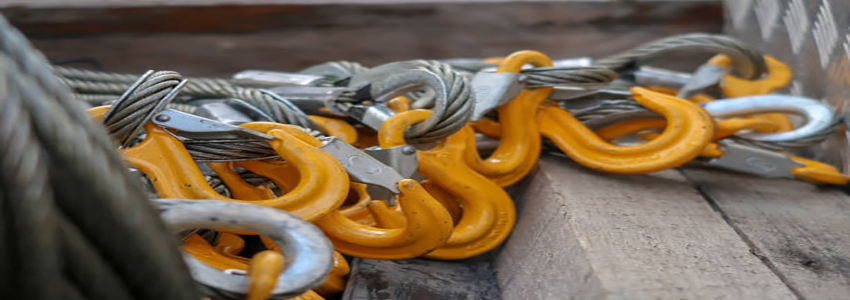ifting and rigging are essential processes in many workplaces, from construction sites to warehouses and manufacturing facilities. However, they also present a significant risk to workers if proper safety measures are not in place. In this article, we will provide ten essential tips for ensuring lifting and rigging safety in the workplace.
1. Conduct a thorough risk assessment
Before any lifting or rigging operation takes place, it’s crucial to conduct a thorough risk assessment. This assessment should consider factors such as the weight and size of the load, the type of equipment being used, and the environment in which the lifting or rigging will take place. By identifying potential hazards and developing appropriate controls, you can reduce the risk of accidents and injuries.
2. Select the right equipment for the job
Different lifting and rigging tasks require different equipment. It’s essential to select the appropriate equipment for each job to ensure it can handle the weight and size of the load and the environment in which the task will take place. Choosing the wrong equipment can lead to equipment failure, accidents, and injuries.
3. Inspect equipment before use
Before using any lifting or rigging equipment, it’s critical to inspect it thoroughly for any signs of wear or damage. Even small defects can compromise the safety of the equipment and increase the risk of accidents. All equipment should be inspected and tested regularly to ensure it is in good condition and safe to use.
4. Train employees in safe lifting and rigging practices
All employees involved in lifting and rigging operations should receive adequate training in safe practices. Training should cover topics such as equipment selection, load capacity, and safe lifting techniques. Proper training ensures that employees understand the risks associated with lifting and rigging and how to mitigate those risks.
5. Communicate clearly
Clear communication is crucial in lifting and rigging operations. All workers involved in the operation should understand their roles and responsibilities, and there should be a clear system for communicating between workers. Workers should be trained in hand signals and other methods of communication to ensure everyone is on the same page.
6. Use proper lifting techniques
Using proper lifting techniques can reduce the risk of injury to workers. Workers should be trained in proper lifting techniques, including using the legs rather than the back to lift, keeping the load close to the body, and avoiding twisting while lifting.
7.Secure the load
Before lifting or rigging a load, it’s crucial to ensure that it is properly secured. Loads that are not properly secured can shift during the lifting or rigging process, leading to accidents and injuries.
8. Maintain a safe distance
Workers involved in lifting and rigging operations should maintain a safe distance from the load and equipment. This distance can vary depending on the size and weight of the load and the type of equipment being used. Workers should be trained in the appropriate safe distances for each job.
9. Use personal protective equipment (PPE)
Workers involved in lifting and rigging operations should always wear appropriate personal protective equipment (PPE). This can include gloves, hard hats, and safety glasses. PPE helps protect workers from potential hazards and reduces the risk of injuries.
10. Follow proper procedures for loading and unloading
Loading and unloading procedures should be developed for each lifting and rigging operation. These procedures should include proper sequencing for loading and unloading and the use of appropriate equipment for the task. Following proper loading and unloading procedures can reduce the risk of accidents and injuries.
In conclusion, lifting and rigging safety is a critical component of workplace safety. By following these ten essential tips, you can help ensure that lifting and rigging operations are conducted safely and reduce the risk of accidents and injuries. Remember to always conduct a thorough risk assessment, select the right equipment, inspect equipment before use, train employees, communicate clearly, use proper lifting techniques





